Live From the Farm 2021
Bees, Beetles & Broccoli: Native Habitat Establishment & Management for Beneficial Insects
Hosts: Jake Kundert & Sarah Nizzi
Partner: Xerces Society

Join PFI member and farmer Jake Kundert and Xerces Society biologist Sarah Nizzi to hear about the decisions Jake and his colleagues have made on the Grow: Johnson County farm to benefit these native beneficial insects and other wildlife. You will also learn about strategies and resources you can use to establish and manage many types of habitat to foster communities of beneficial insects.
The “Practical Farrowing Box”: DIY Sow Nesting Boxes
Host: Tom Frantzen
Tom Frantzen has used many styles of pasture farrowing huts over the years, and he keeps experimenting. Last winter, Tom built a new style of farrowing hut that combines all the best elements from huts of his past, dubbing it the “practical farrowing box.”
In this virtual tour, Tom will describe the process of building the box, the materials required and the cost, and we’ll see a completed box from all angles. As a bonus, viewers will also get to see sows on pasture. Building blueprints and a materials list will accompany this virtual experience.
Extended Rotations With Red Clover
Host: Ben Dwire
Red clover might just be Ben Dwire’s favorite crop to grow. During this episode, we’ll talk with Ben about all things red clover and how this nitrogen-fixing cover crop can help other parts of his extended rotations and his livestock operation.
We’ll take a peek at the red clover he’s underseeded with his oats and discuss how he manages his cover crop together with his small-grain crop. Then we’ll hop over to the other side of the road and take a look at corn that followed last year’s red clover, where Ben is experimenting with taking nitrogen credits and cutting nitrogen by roughly 40 units.
Clarion Locker Tour
Hosts: Elmarie & Manie Nel
In this “Live From the Farm” episode, you’ll have a chance to tour Clarion Locker, a newly expanded state-inspected facility that processes beef, deer, pork, lamb, goat and bison. Owners Elmarie and Manie Nel will take us on a tour of the plant and we’ll check out meat-cutting while discussing meat quality. We’ll also see their new roll stock machine and hear how they package and label their customer’s meats. The Nels also operate a mobile slaughter unit to offer on-farm harvesting, and we’ll hear how they plan to continue to expand their operation in the future.
To learn more, visit Clarion Locker’s website.
Sheep Production With a First-Generation Farmer
Host: Ortrude Dial
Ortrude started farming shortly after buying an acreage, which quickly grew into a sheep and field crop operation. At this event, she will share what it was like getting started as a woman with no prior farming background. Starting with 25 ewes, Ortrude’s sheep enterprise has since grown to managing 400 ewes. We will see how she is using rotationally grazed sheep to improve soil health and production. We will also discuss pasture management, water access and sheep breeds.
New and Favorite Equipment in the Field and Packshed for Vegetables
Host: T.D. Holub
Having the right equipment and systems to get your vegetable crops started, planted, ahead of the weeds and cleaned up for customers makes the job more enjoyable from start to finish. During this event, T.D. will demo a few of his favorite and newest tools and equipment, and how he came to find his best uses for each of them for a variety of crops (and eggs!).
Small-Grain harvest and Post-Harvest Handling in the Little Sioux Valley
Host: Roger Wilcox
At this “Live From the Farm” event, Roger will discuss combine settings and the conditions he looks for to harvest cereal rye and oats. We will also look at post-harvest handling, such as seed cleaning and storage of small grains. Because the small-grain crops Roger raises are mostly sold as cover crop seed, he will discuss best practices for raising, harvesting and handling cover crop seed. If timing allows, we will view the cover crop drilling process.
Expanding Agritourism on the Farm
Host: Anna Geyer
Over the last 15 years, agritourism has helped Anna and Dave Geyer expand their farm and bring the community together. Anna will take us on a tour of the farm and share how and why she and Dave started these business ventures, and the struggles they faced in getting started. Some of the topics she will discuss include navigating county regulations, leveraging time and resources and managing unexpected growth.
Packhouse Set-Up and Packing Vegetable CSA Boxes at Blue Gate Farm
Host: Jill Beebout
Tuesday is CSA delivery day at Blue Gate Farm. Typically a “no-visitor day” for any farm, this episode will offer a real-time glimpse of Jill and her crew on their most important day of the week. We’ll join in as they finish up harvesting herbs – the last item of the morning harvested – and see their techniques for plant health and harvest efficiency. We’ll follow Jill into the pack shed to see how the tomatoes, greens, beans and other vegetables are stored and staged for packing. She’ll then set up the packing line and share tactics for ensuring quality, accuracy and speed of the packing process.
Benching & Boulders: Restoring Stream Hydrology and Habitat for Wildlife and Water Quality
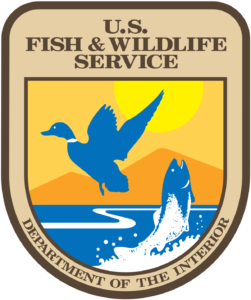
Partners: U.S. Fish & Wildlife Service Dickinson County Conservation Board
Join us to learn about stream restoration goals, strategies and benefits on the Little Sioux River. Hear from Brian Cuperus and Darrick Weissenfluh about a recent stream restoration and mussel habitat enhancement project completed at the Dickinson County Conservation Board’s Horseshoe Bend property that benefits both wildlife and water qual ity. Also learn more about how landowners can use conservation programs to implement similar restoration projects on their own properties.
Diverse Forages for Dairy Operations

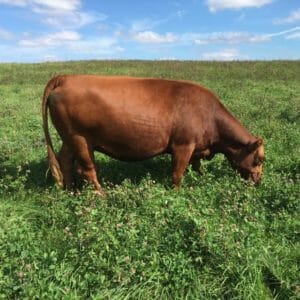
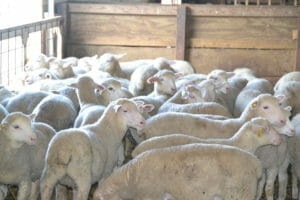
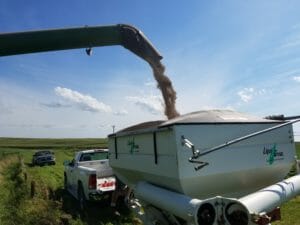
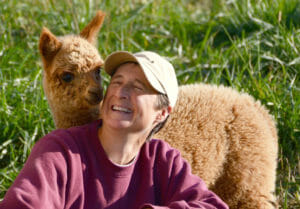
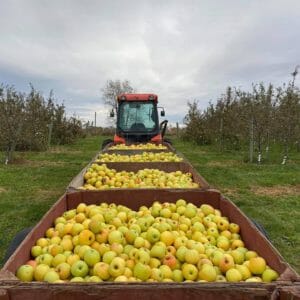 Host: Paul Rasch
Host: Paul Rasch